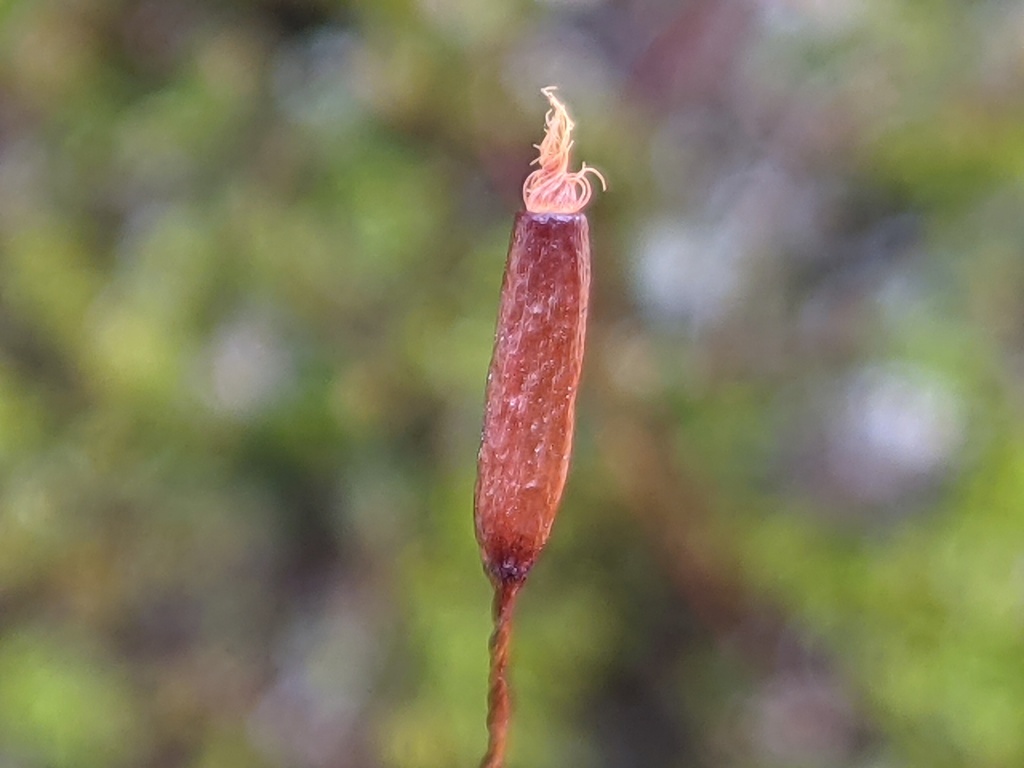Aloina
Dioicous, autoicous (not in Victoria), rhizautoicous or synoicous (not in Victoria). Asexual reproduction occasionally by basal innovations. Gregarious or turves on soil. Stems usually simple, rarely branching irregularly, fleshy, partly buried in soil, covered with pale rhizoids where buried; central strand present or absent; sclerodermis absent; hyalodermis absent. Leaves obovate or ovate to lingulate, spreading-incurved when moist, incurved and somewhat tubulose when dry, fleshy-textured; apex rounded, cucullate, sometimes with a hairpoint; hairpoint smooth or denticulate (not in Victoria); costa often broad and at greater than 1/3 leaf width at base, subpercurrent, percurrent or excurrent, with a differentiated adaxial epidermis forming chlorophyllose filaments that extend to adjacent lamina from around midleaf to near apex, without adaxial stereid band, with a hydroid strand, with or without abaxial stereid band, with a weakly differentiated abaxial epidermis, with quadrate to elongate abaxial superficial cells; margin entire or denticulate near apex, broadly incurved, sometimes with a border of elongate cells toward base (not in Victoria); laminal cells quadrate, oblate, rhomboid or rectangular, becoming rectangular toward base, smooth or papillose at apex, bistratose near costa, otherwise unistratose, KOH reaction red. Acrocarpous. Capsule erect or slightly inclined, straight, cylindric or ovoid-oblong, exserted, operculate, with an annulus. Calyptra cucullate. Operculum conic or rostrate. Peristome of 16 teeth, divided in apical half or to near base into 32 filaments, twisted anticlockwise, rarely nearly straight (not in Victoria).
Widespread throughout temperate to tropical regions, with 11 or 12 species; two species in Victoria.
 Spinning
Spinning

